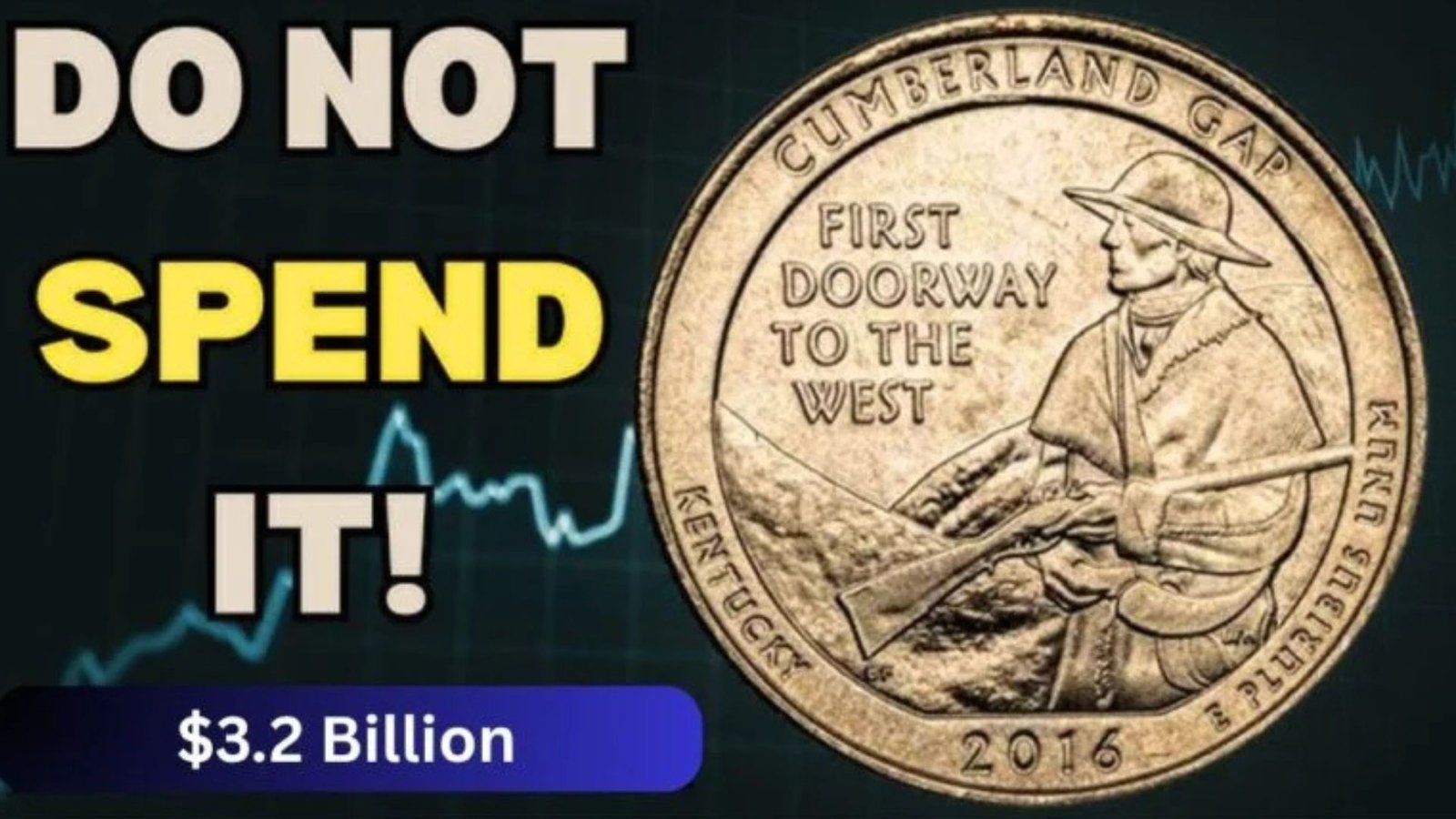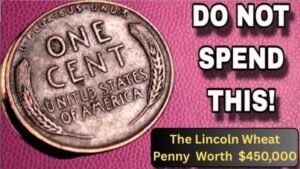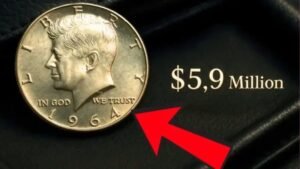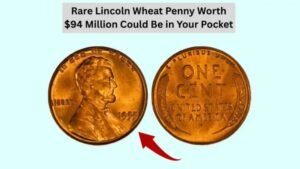Imagine finding a quarter in your pocket worth millions—or even billions! The 1976 Bicentennial quarter, minted to celebrate America’s 200th birthday, is usually worth just 25 cents, but rare versions with unique errors or materials have sold for jaw-dropping amounts, with some valued up to $3.2 billion. This coin, featuring a colonial drummer boy, has sparked a nationwide treasure hunt in 2025, as collectors and everyday people search their change for these hidden gems. In this article, we’ll explain in simple words how to spot these valuable quarters, where they’re being found, and how you can join the hunt. We’ll also include a table to clarify tricky terms to make this exciting opportunity easy to understand for everyone.
What Are Bicentennial Quarters?
The 1976 Bicentennial quarter was created by the U.S. Mint to mark 200 years of American independence. With a dual date of 1776-1976 and a drummer boy design on the back, over 1.6 billion of these quarters were minted in Philadelphia, Denver, and San Francisco. Most are worth their face value of 25 cents, but certain rare ones stand out due to unique features like minting errors or special materials.
Why Are Some Worth Billions?
Some Bicentennial quarters have fetched astronomical prices, like a Pennsylvania coin sold for $1.2 billion and another valued at $2.351 billion due to rare errors. These coins have unique flaws, such as being struck on silver instead of copper-nickel or having doubled designs, making them incredibly valuable to collectors. Their pristine condition and historical significance also drive up their worth.
Why the Hype in 2025?
The recent billion-dollar sales have turned ordinary Americans into coin hunters. News of a Virginia quarter found in a convenience store’s change drawer, valued at $2.351 billion, has fueled excitement. With millions of these quarters still in circulation, anyone could find a valuable one in their wallet, coin jar, or bank roll. This frenzy has made 2025 the perfect year to start searching.
Rising Coin Collecting Trend
Coin collecting is booming, with local shops reporting more customers and auction houses preparing for new finds. The thrill of discovering a life-changing coin has made Bicentennial quarters a hot topic, encouraging people to check their change and learn about rare coins.
Where Are These Rare Quarters Being Found?
Certain states have become hotspots for finding rare Bicentennial quarters due to their unique errors or conditions. Here are five key states to watch:
Pennsylvania
A silver-planchet quarter, accidentally made with silver meant for collector sets, sold for $1.2 billion due to its rarity and perfect condition. These coins have a shiny, silver-like appearance instead of the usual copper-nickel look.
California
Quarters with doubled die errors, where the design appears slightly duplicated, are valued at $500 to $10,000. The drummer boy or text on these coins may look blurry or doubled under a magnifying glass.
New York
Coins with off-center strikes, where the design is misaligned, can fetch $200 to $5,000. These quarters have parts of the design missing or shifted, making them unique.
Texas
Quarters with missing clad layers, revealing a copper core, are worth $100 to $2,000. These coins look reddish or lack the silver shine of standard quarters.
Ohio
Proof coins, meant for collectors but accidentally released into circulation, can sell for $300 to $7,000. These have a polished, mirror-like finish.
How to Spot a Valuable Bicentennial Quarter
Check the Basics
To identify a potentially valuable quarter, start with these steps:
- Look for the Date: Confirm it’s a 1976 Bicentennial quarter with the 1776-1976 date on the front.
- Check the Mint Mark: A small “D” (Denver), “S” (San Francisco), or no mark (Philadelphia) appears on the front, near Washington’s head. “S” coins are often more valuable, especially if struck in silver.
- Examine Condition: Coins in excellent condition, with no scratches or wear, are worth more.
Spotting Errors
Use a magnifying glass to look for these errors:
- Doubled Die: Text or the drummer boy design looks doubled or blurry.
- Off-Center Strike: The design is misaligned, with parts cut off.
- Silver Planchet: The coin has a shiny, silver appearance instead of copper-nickel.
- Missing Clad Layer: The coin shows a reddish copper core due to a missing outer layer.
Tools You’ll Need
- Magnifying Glass: To inspect fine details like doubled text or errors.
- Coin Guide: Books like the “Red Book” (A Guide Book of United States Coins) help identify rare coins.
- Good Lighting: To spot differences in color or shine, such as silver versus copper-nickel.
How to Cash In on a Valuable Quarter
Where to Sell
If you find a rare quarter, you have several options to turn it into cash:
- Local Coin Shops: Visit a reputable shop for a quick appraisal. They may offer a fair price or guide you to better options.
- Online Auctions: Platforms like eBay connect you with collectors, but fees apply.
- Major Auction Houses: Sotheby’s or Heritage Auctions handle high-value coins, like the $1.2 billion Pennsylvania quarter.
- Coin Shows: Attend local or national coin shows to meet collectors and dealers.
Get It Graded
Having your coin professionally graded by services like PCGS (Professional Coin Grading Service) or NGC (Numismatic Guaranty Corporation) can confirm its condition and authenticity. The Pennsylvania quarter’s “Superb Gem” grade helped it reach $1.2 billion. Grading costs $20-$100 but can significantly increase the coin’s value.
Avoid Scams
Work only with trusted buyers or grading services. Research their reputation online and avoid deals that seem too good to be true. Always get a second opinion for high-value coins.
Tips for Joining the 2025 Coin Hunt
Where to Look
- Pocket Change: Check quarters from daily transactions.
- Coin Jars: Dig through old jars or collections at home.
- Bank Rolls: Visit banks to exchange cash for rolls of quarters to search.
- Flea Markets or Garage Sales: Older coins often turn up in secondhand collections.
Stay Informed
Follow coin collecting blogs, join online forums like CoinCommunity.com, or subscribe to newsletters from PCGS or NGC. These resources provide updates on rare coins and market trends.
Be Patient
Finding a billion-dollar quarter is rare, but even coins worth $100-$10,000 can be a big win. Keep searching and enjoy the process of learning about coin collecting.
Complex Terms Explained in Simple English
| Complex Term | Simple Meaning (English) |
|---|---|
| Bicentennial Quarter | A 25-cent coin made in 1976 to celebrate America’s 200th birthday |
| Minting Error | A mistake during coin production, like doubled designs or wrong metal |
| Silver Planchet | A coin accidentally made with silver instead of copper-nickel |
| Doubled Die | A coin with a design that looks doubled or blurry due to a minting mistake |
| Off-Center Strike | A coin where the design is not centered properly |
| Proof Coin | A high-quality coin made for collectors, often with a shiny finish |
| Clad Layer | The outer metal layer of a coin, usually copper-nickel over a copper core |
Why This Matters in 2025
Economic Impact
The hunt for rare Bicentennial quarters is boosting local economies, with coin shops and auction houses seeing increased business. It’s also encouraging financial literacy as people learn about coin collecting and investing.
A Fun Hobby
Coin collecting is an accessible hobby that combines history, treasure hunting, and potential profit. The excitement of finding a valuable quarter in everyday change makes it appealing for all ages.
Comparison to Other Valuable Items
To put the $3.2 billion valuation in perspective:
- A 1-ounce gold bar in 2025 is worth about $1.83 million.
- The Hope Diamond is valued at around $350 million.
- A rare Bicentennial quarter at $3.2 billion far exceeds these, showing the incredible value of unique coins.
Conclusion
The 1976 Bicentennial quarter, once just 25 cents, has become a symbol of hidden treasure, with rare versions valued up to $3.2 billion in 2025. From Pennsylvania’s $1.2 billion silver quarter to California’s doubled die finds, these coins are sparking a nationwide hunt. By checking your change, using a magnifying glass, and learning to spot errors like doubled dies or silver planchets, you could uncover a fortune. Whether you’re in Pennsylvania, California, New York, Texas, or Ohio,
the chance to find a valuable quarter is real. Sell through trusted coin shops, auctions, or graded services like PCGS to maximize your profit, but beware of scams. The 2025 coin hunt is more than a get-rich-quick dream—it’s a fun, educational hobby that connects you to American history. Grab your change, start searching, and you might just find the next billion-dollar Bicentennial quarter




